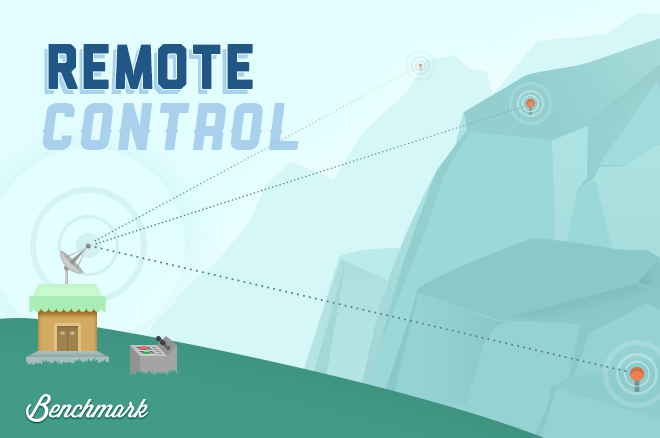
So, you’ve been working from home for days on end and it seems like all you’ve been looking at is a computer, a desk and maybe the green grass (or asphalt) outside your window. Call it cabin fever, homeworker-itis, or whatever clever name you come up with, when you feel antsy, it’s time to go out and work somewhere else.
Unless your beach or pool has Wi-Fi___33, you’re going to have to go for something more…conventional. Coffee houses, libraries or even restaurants are good bets, and here’s how to successfully churn out the work in these oft-crowded places:
1. Case the joint
Before you set up your tech in another place, spend at least a few hours gauging the remote worker culture. Who do you see? People in business suits or college students? What’s the Wi-Fi like? Fast enough or almost unbearably slow? What’s the climate like? Freezing cold or too warm for your liking? If you can find a Goldilocks place where most of your needs are met, test out this new place the next time you work.
2. Organize tasks based on the environment
If you work remotely, you probably have to a) answer emails, b) make Skype or phone calls, c) read, or d) watch videos (instructional, of course). In a loud place like Starbucks, or even the quiet space of a library, watching videos and voice calls will probably be out of the question. Instead, do your phone calls from home, and save the other stuff for your local haunt. Make sure to invest in quality earbuds or a noise-cancelling headset as well.
3. Bring money
At most coffee shops and eateries, you’re not going to see a sign stating that buying drinks or food buys you time. Instead, if you park it without paying for something every few hours, you’re going to get dirty looks, passive aggressive hints, and other clues that the staff wants you out. Don’t go broke, but make sure you bring money to buy something every so often. Also, it never hurts to nicely ask an employee what they expect from you if you’re going to work for hours on end. If the price is too high, you’re just going to have to leave.
4. Find an outlet
It’s a fact: eventually your laptop, tablet or phone is going to die without external power. So when you first walk in the door to your potential work-from-home alternative, make a beeline for the nearest outlet. In an ideal situation, you can find an open outlet next to a table, chair or even couch. However, if the only open outlet would force you to sit on a dirty floor, or all the outlets are covered, you’ll have to find another place to go.
In my experience, putting all your eggs in one basket by having only one place you can work outside the house always ends up badly. Instead, have two or three places you can go, and if your first choice fails, you can still have a massively productive day away from your usual domain.




